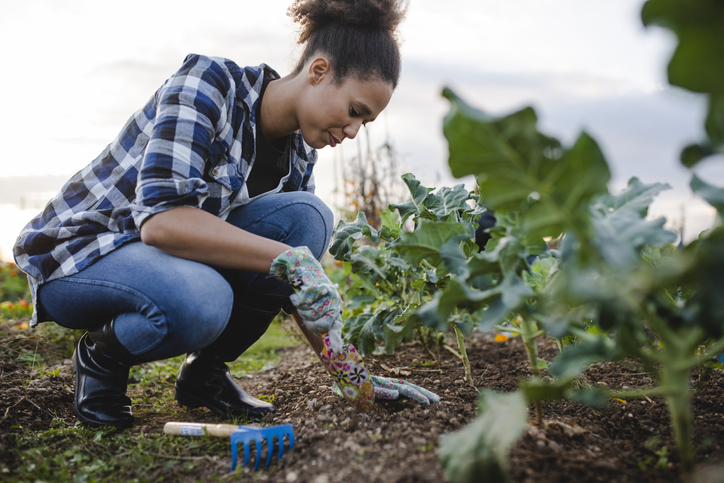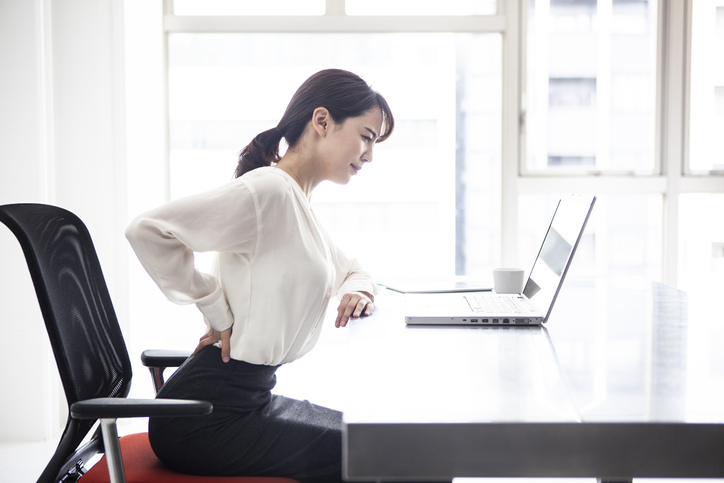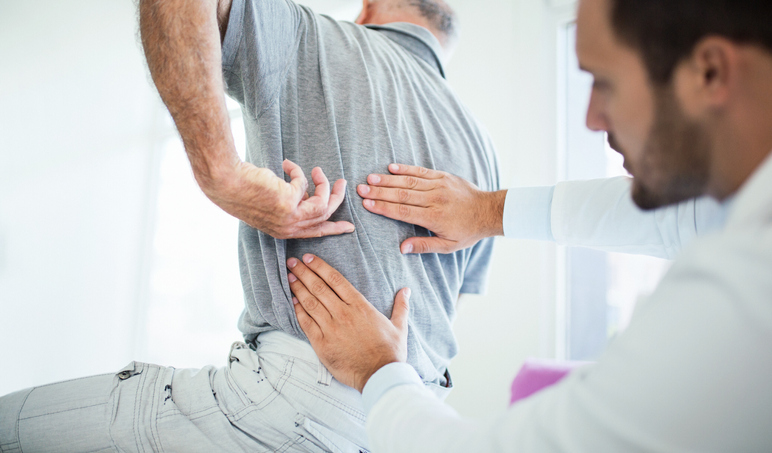Living with Chronic Pain
11 Helpful Tips for Gardening With Back Pain

8 people found this helpful
Print
Share
Save
Gardening is a good form of exercise. Preparing, planting, maintaining and harvesting a garden — while also enjoying the fresh air and sunshine — can improve mental and physical health. Eating a harvest of fresh vegetables also helps maintain a healthy lifestyle. Although gardening can be physically and mentally therapeutic, it can also be challenging for those with back pain.
Below are 11 helpful tips to spare the back while reaping the health benefits of gardening:
- Raise the garden bed. Gardens that are raised to waist level eliminate the need to bend the back when planting, weeding and harvesting. Small raised gardens are easy to manage and require minimal lifting. Sturdy raised beds often include a bench-like edge to sit on while working in the garden. Using a trellis in a raised bed is ideal for climbing vegetables.
- Plant vertically. A wall garden consists of strategically placed pockets of soil attached to a vertical form. Planters can be attached to metal or wooden structures to create a vertical garden.
- Prepare with the back in mind. Planning is essential before gardening with back pain. Select ways to get gardening tools, dirt and plants to the garden without doing any heavy lifting. For example, wagons or gardening carts can help with transporting plants and soil.
- Warm up before beginning. Stretching and taking a short walk warms up the muscles, preparing the body for gardening. A health care professional or physical therapist can help determine the proper stretches to help prevent back pain while gardening.
- Practice proper posture. Bending the back should be avoided while lifting. Rather, the back should be kept straight while bending the knees and using the power of the thigh and buttock muscles to lift objects. A table or bench situated next to a garden is a handy spot to place gardening tools, which can help limit the need to reach and bend. A bench can also be used for sitting while taking a break.
- Plant in containers. Gardening in containers may be easier on the back than planting in a bed. A dolly or plant caddie can be used to move large containers to a sunny area. Containers should be placed in their permanent location before adding soil. It’s a good idea to use styrofoam peanuts (instead of rocks or heavy dirt) in the bottom of large containers in case the containers need to be moved during the gardening season.
- Set a time limit. Setting time limits for working in the garden can reduce the risk of aggravating back conditions. As soon as pain is felt, taking the time to rest or stopping until the next day helps avoid further irritation.
- Take breaks and hydrate. Drinking water to avoid dehydration and taking breaks to avoid overexertion is important. Taking the time to stretch during breaks can also ease back tension. Extended repetitive tasks should be avoided.
- Find help. Assigning certain tasks, such as weeding or digging, to others can keep back pain at bay. Mulching helps prevent weeds and retains moisture in the soil, which reduces the need to frequently weed and water.
- Use gardening tools and accessories. Heavy-duty kneelers with raised and padded handles can ease the task of getting up and down, reducing stress on the knees and back. Some kneelers also convert to a low chair that can be used to sit on while gardening. If kneeling on the ground is preferred, knee-pads can be used in order to avoid strain on the knees and lower back. Using long-handled tools can prevent awkward bending or reaching.
- Stretch after gardening. Stretching after gardening can help reduce swelling, soreness and stiffness that may occur after working in a garden. It is important to listen to the body’s subtle signals to prevent aggravating back pain.


















